Rafael Cardoso Sampaio, Professor permanente do Programa de Pós-graduação em Ciência Política e Comunicação da Universidade Federal do Paraná (UFPR)
Maria Alejandra Nicolás, Professora do Programa de Mestrado em Políticas Públicas e Desenvolvimento da Universidade Federal da Integração Latino-Americana (UNILA)
Tainá Aguiar Junquilho, Professora do Mestrado em Direito do IDP
Luiz Rogério Lopes Silva, Professor substituto do Departamento de Ciência e Gestão da Informação da Universidade Federal do Paraná (UFPR)
Christiana Soares de Freitas, Professora dos Programas de Pós-graduação em Comunicação e em Governança e Inovação em Políticas Públicas Universidade de Brasília (UNB)
Marcio Telles, Professor permanente do Programa de Pós-Graduação em Comunicação e Linguagens da Universidade Tuiuti do Paraná (UTP)
João Senna Teixeira, Bolsista de pós-doutorado no Instituto Nacional de Ciência e Tecnologia em Democracia Digital (INCT-DD) da Universidade Federal da Bahia (UFBA)
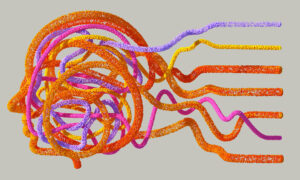
Image: Google DeepMind.
We have just uploaded to SciELO Preprints an essay on the possible impacts of using ChatGPT,1 other large language models (LLMs) and other artificial intelligences (AIs) in scientific research. Our aim in summarizing it is precisely to collaborate with the SciELO in Perspective blog’s effort to discuss the use of AIs in scholarly work, which has already had two pertinent contributions from Ernesto Spinak, one on what we already have in terms of consensus in scholarly communication2 and the other on machine translation.3 As well as, of course, taking advantage of the fact that the essay is posted as preprint and receiving comments and contributions from peers.
In this essay, we move beyond the great discussion that ChatGPT and generative AIs have had on the issue of plagiarism and “cheating” in online exams and assignments. To this end, we argue that these technologies will have an effect on all phases of scientific research, highlighting six topics in particular.
To shortly illustrate our viewpoint, three of the six topics below were automatic summaries generated by ChatGPT and three were made by humans. Can you tell which is which? Answers are at the end of the post.
1. Search and selection of scholarly literature
In a similar way to what we use for dialog on ChatGPT, we will probably move on to research by asking questions directly. For example, instead of searching for “fake news” AND “elections” AND “effects”, we will ask in such a system, “what are the effects of fake news on elections?”. The answers will come in the form of excerpts from articles and other academic materials that seek to answer our questions directly. Taking the example of SciSpace below, they will also immediately present follow-up questions, i.e., that can continue the debate on the subject.
Figure 1. Example of a SciSpace search
Besides, when you supply Inciteful with references in citation manager formats (such as bib), it returns “similar texts”, the articles considered “most important”, recent reviews by “leading authors” and the “most relevant” recent texts on the topic being researched. In the same line, there are already a number of platforms that, when fed with PDFs or BIBs, employ AI techniques to generate reference maps that show the connections and citation networks of academic materials, such as Inciteful, Litmaps, and Research Rabbit.
Figure 2. Example of a Litmaps citation map
2. Reading academic material
These tools not only allow reading, highlighting, and annotating, but also offer the option of “chatting” with academic documents in formats such as PDF and docx. Several platforms, such as Claude, Perplexity, Elicit, Scispace, ChatPDF, Humata, and My Reader, are under development to facilitate interaction with academic documents. These platforms also offer the ability to analyze multiple files simultaneously, allowing users to ask specific questions about the content, such as methodology and conclusions.
Figure 3. Example of interaction with different files in MyReader
In addition, tools such as Scholarcy are focused exclusively on summarizing academic materials, offering a variety of functionalities such as comparative analysis, and highlighting important concepts. AI is also becoming more integrated into browsers through extensions, such as SciSpace, which can summarize and explain scholarly articles online.
3. Data analysis (and programming!)
Programming languages such as Python and R have become valued skills in academia. However, the emergence of LLMs, such as ChatGPT and Github Copilot, has the potential to change this scenario. These tools help to write and correct code, speeding up the programming process and possibly reducing the need for advanced programming skills.
Specific tools such as Rows, a kind of AI-based Excel, and Wolfram, aimed at mathematical and statistical operations, are also gaining ground. In addition, academic software for analyzing qualitative and quantitative data, such as Atlas.ti and Tableau, are beginning to incorporate AI to help researchers in their analyses.
Figure 4. Example of data analysis generated by Intellectus Statistics
4. Scholarly writing
LLMs such as ChatGPT are capable of making grammatical and structural corrections, as well as adjusting tone and academic jargon, providing structural and linguistic feedback, like QuillBot and Writefull. Moreover, AI is being used to detail “methodological procedures” and “description of results” sections in scientific papers, as illustrated by the Intellectus Statistics platform. These tools are also being used to test ideas and generate keywords for academic articles. The concept of “copilot”, in which AI acts as a research assistant, is becoming increasingly feasible.
Figure 5. Example of the scholarly writing tool QuillBot
5. Translation
LLMs such as ChatGPT demonstrate proficiency in multiple languages and, in several situations, outperform tools such as Google Translate in terms of capturing linguistic nuances. Although they cannot completely replace human translators, these tools are becoming increasingly useful for academic translation and can contribute to a more multilingual and globally accessible science.
6. Data presentation
Another area that has gained a considerable prominence in recent years is data visualization and presentation. Due to increasing demand, several ChatGPT plugins and the code interpreter itself, as well as the aforementioned Wolfram and others, now generate automatic data visualizations, which can be easily adjusted with a few commands in the dialogic format we are used to.
Besides creating figures and graphical representations for academic materials and possible presentations, AIs already offer options for creating presentations itself. By creating a simple prompt with expressions or keywords and a few demands, we already have sites such as Tome and Gamma that create a presentation from scratch. Using templates such as ChatGPT and image-generating AIs such as Midjourney and Stable Diffusion, these sites literally create all the content in terms of text and images in a matter of seconds.
Figure 6. Example of a presentation on AI created automatically in Gamma.
What does that mean?
In part 2 of this essay, we will deal specifically with the ethical and practical issues that can arise from the use of AIs in the different phases of scientific research. As well as inviting colleagues to read and comment on the preprint version, we would also like to highlight an essay with similar reflections written by Professor Anatalia Saraiva,4 which is also on SciELO Preprints.
Answers
1.Search and selection of scholarly literature – Human
2. Reading academic material – AI
3. Data analysis (and programming!) – Human
4. Scholarly writing – AI
5. Translation – AI
6. Data presentation – Human
The “ChatGPT and other AIs will transform all scientific research: initial reflections on uses and consequences” series consists of two posts
- ChatGPT and other AIs will transform all scientific research: initial reflections on uses and consequences – part 1
- ChatGPT and other AIs will transform all scientific research: initial reflections on uses and consequences – part 2
Notes
1. SAMPAIO, R.C., et al. ChatGPT and other AIs will change all scientific research: initial reflections on uses and consequences. SciELO Preprints [online]. 2023 [viewed 10 November 2023]. https://doi.org/10.1590/SciELOPreprints.6686. Available from: https://preprints.scielo.org/index.php/scielo/preprint/view/6686/version/7074
2. SPINAK, E. Inteligencia Artificial y comunicación de investigaciones [online]. SciELO en Perspectiva, 2023 [viewed 10 November 2023]. Available from: https://blog.scielo.org/es/2023/08/30/inteligencia-artificial-y-comunicacion-de-investigaciones/
3. SPINAK, E. GPT, traducción automática y qué tan buenos son: una evaluación integral [online]. SciELO en Perspectiva, 2023 [viewed 10 November 2023]. Available from: https://blog.scielo.org/es/2023/08/14/gpt-traduccion-automatica-y-que-tan-buenos-son/
4. RAMOS, A.S.M. Generative Artificial Intelligence based on large language models – tools for use in academic research. SciELO Preprints [online]. 2023 [viewed 10 November 2023]. https://doi.org/10.1590/SciELOPreprints.6105. Available from: https://preprints.scielo.org/index.php/scielo/preprint/view/6105/version/6463
References
RAMOS, A.S.M. Generative Artificial Intelligence based on large language models – tools for use in academic research. SciELO Preprints [online]. 2023 [viewed 10 November 2023]. https://doi.org/10.1590/SciELOPreprints.6105. Available from: https://preprints.scielo.org/index.php/scielo/preprint/view/6105/version/6463
SAMPAIO, R.C., et al. ChatGPT and other AIs will change all scientific research: initial reflections on uses and consequences. SciELO Preprints [online]. 2023 [viewed 10 November 2023]. https://doi.org/10.1590/SciELOPreprints.6686. Available from: https://preprints.scielo.org/index.php/scielo/preprint/view/6686/version/7074
SPINAK, E. GPT, traducción automática y qué tan buenos son: una evaluación integral [online]. SciELO en Perspectiva, 2023 [viewed 10 November 2023]. Available from: https://blog.scielo.org/es/2023/08/14/gpt-traduccion-automatica-y-que-tan-buenos-son/
SPINAK, E. Inteligencia Artificial y comunicación de investigaciones [online]. SciELO en Perspectiva, 2023 [viewed 10 November 2023]. Available from: https://blog.scielo.org/es/2023/08/30/inteligencia-artificial-y-comunicacion-de-investigaciones/
External links
Gamma: https://gamma.app/
Github Copilot: https://resources.github.com/copilot-for-business/
Inciteful: https://inciteful.xyz/
Litmaps: https://app.litmaps.com/seed
QuillBot: https://quillbot.com/
Research Rabbit: https://www.researchrabbit.ai/
Rows: https://rows.com/
SciELO Preprints: https://preprints.scielo.org/
Scholarcy: http://scholarcy.com/
SciSpace: https://typeset.io/
Tome: https://tome.app/
Wolfram: https://www.wolframalpha.com/
Writefull: http://writefull.com/
Translated from the original in Portuguese by Lilian Nassi-Calò.
Como citar este post [ISO 690/2010]:




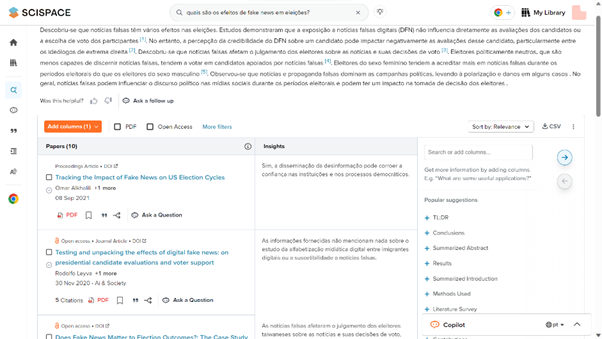
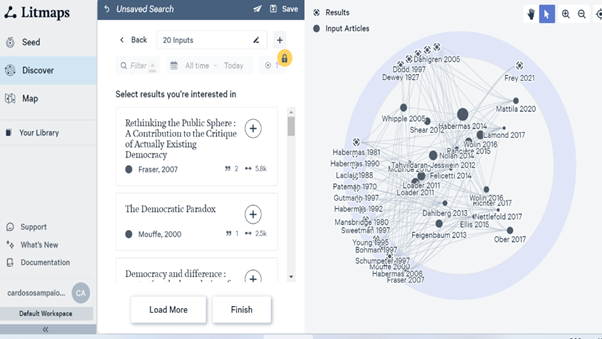
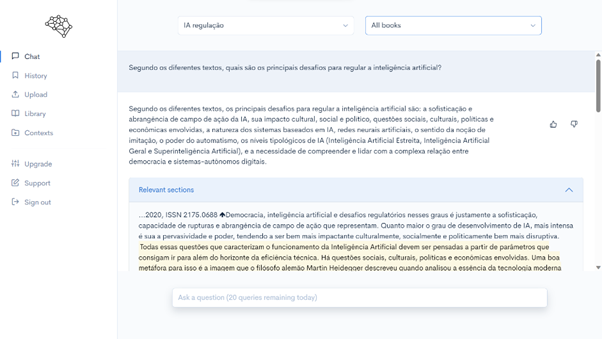
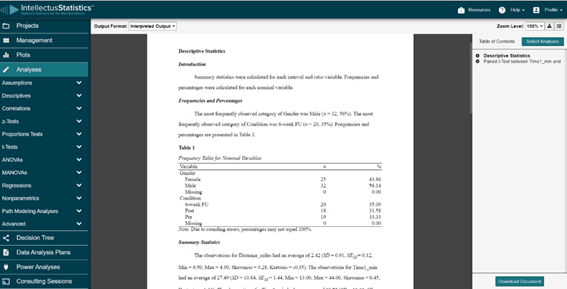















Recent Comments